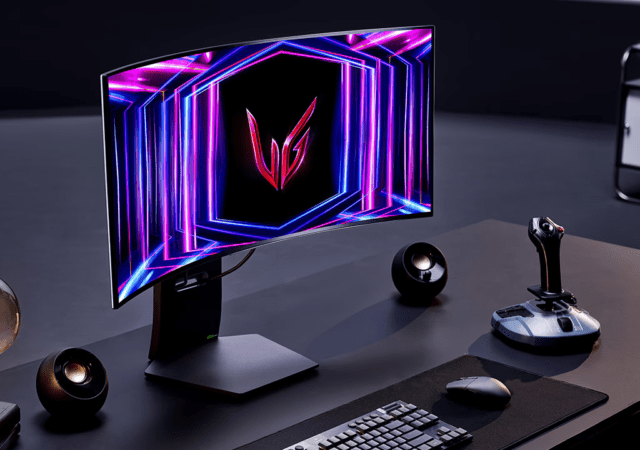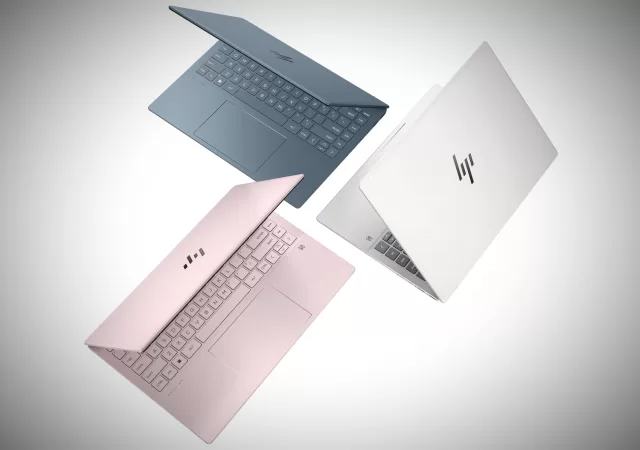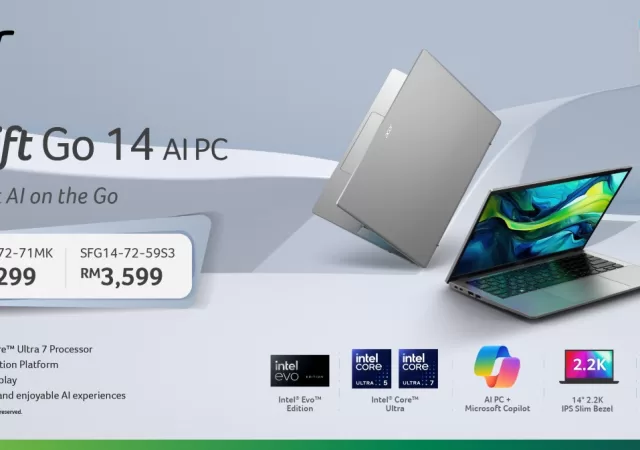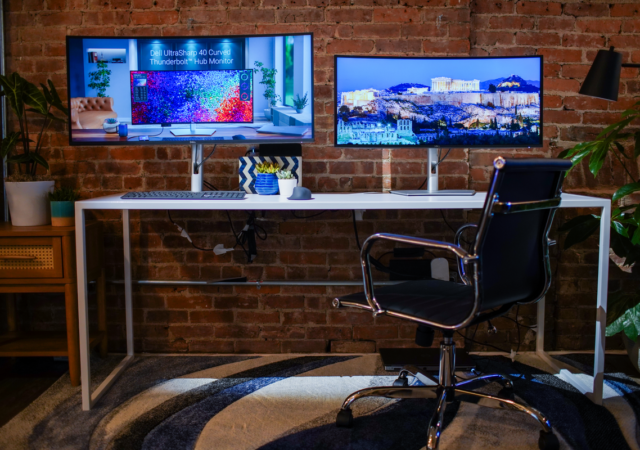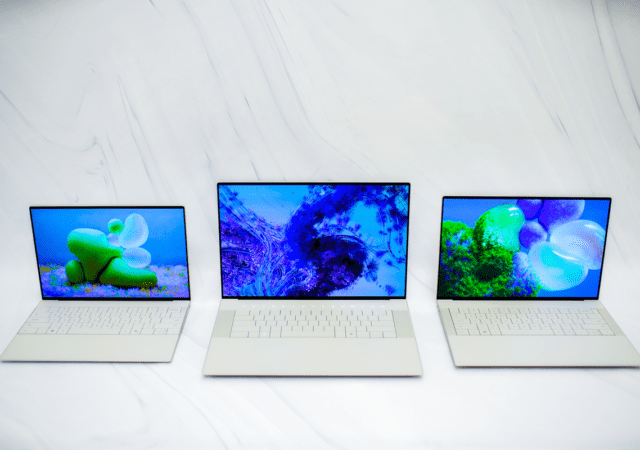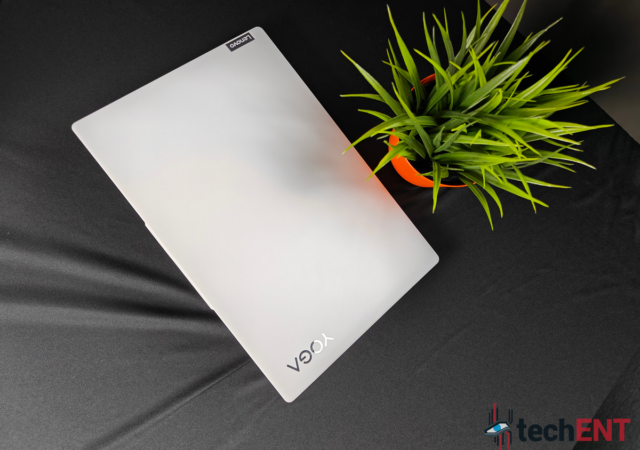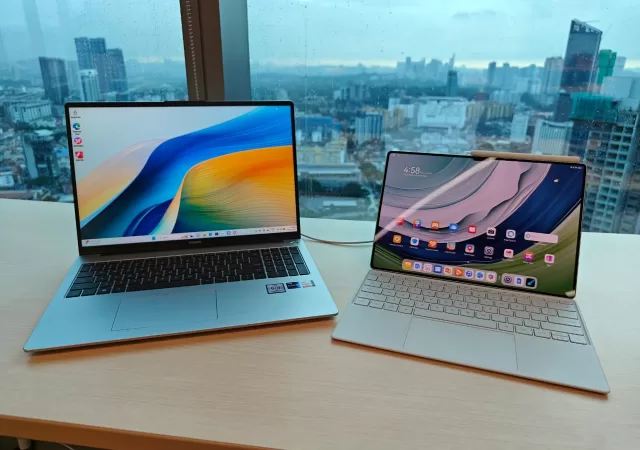LG announces pre-orders for its UltraGear GS95QE monitors in Malaysia with prices starting at RM5,999.
Lenovo’s ThinkPad & ThinkBook Laptops Get Infused with AI Technology
Lenovo announces refreshes to its ThinkPad T series, the ThinkBook 14, ThinkPad X12 Detachable and ThinkBook 14 powered by the Intel Core Ultra at MWC2024.
Lenovo Shows Off ThinkBook Transparent Display Laptop at MWC 2024
Lenovo showcases their ThinkBook Transparent Laptop concept at MWC 2024 giving a glimpse at what laptops could be in the future.
HP Pavilion Plus 14 AMD 7840U Review
Great for general work (typing and browsing), photo editing, casual video editing, light to moderate gaming, traveling, and watching videos, the HP Pavilion Plus 14 AMD 7840U doesn’t breaking the bank. Perfect for those who move about a lot for work and students, especially when on sale.
Acer Brings A New Generation of the Ultra Portable Swift Go 14 to Malaysia
Acer’s Swift Series is expanding yet again with a new generation of the ultra-portable Swift Go 14. The latest entry into the Swift series comes equipped with the latest generation of Intel Ultra processors and a bevvy of cutting-edge AI-centric…
Dell Unveils New UltraSharp Monitor Line-Up Ahead of CES 2024
Dell’s monitors have long been one of the most sought-after monitors available. Dell’s most popular is the top-of-the-line Dell UltraSharp Monitors. The lineup is packed with cutting-edge features and features most users are looking for when it comes to productivity.…
Dell’s XPS Line-Up Refreshed with Focus on AI
Dell announces a refreshed XPS line up with better specs, a revamped design and even more performance than before!
Lenovo YOGA Slim 7i Carbon (GEN 8) In-Depth Review: Putting the Light in Thin & Light
techENT takes a deep dive and breaks down the experience and features of the Lenovo Yoga Slim 7i Carbon.
Huawei’s Latest MateBook D 16 & MatePad Pro 13.2 Up for Pre-order Ahead of Official Launch
Huawei is about to launch its latest additions to both its tablet and laptop lineups. The MateBook D 16 and MatePad Pro 13.2 are the latest in a bevy of devices that have made 2023 the start of a potentially…
December Holiday Gift Guide – Lenovo
The season of holiday gifting and sales are upon us! If you have been thinking about spending your hard-earned money on your loved ones (including yourself), here’s the first of many gift guides to look forward to this month. Whether…



